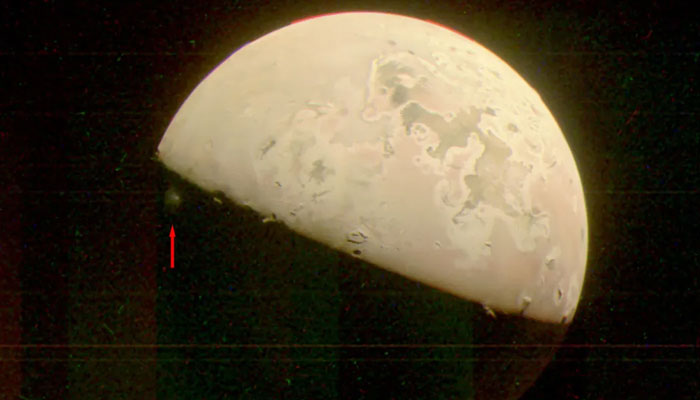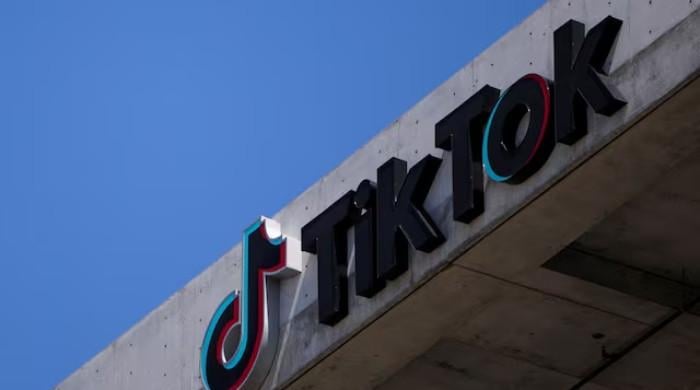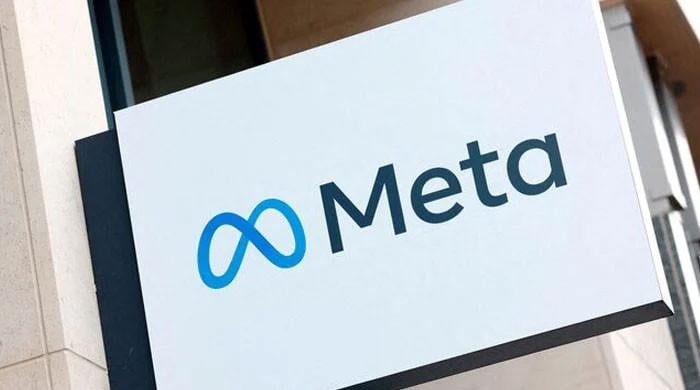Nasa's Juno set for closest flyby of Jupiter's volcanic moon Io in over 20 years
Approaching 930 miles of Io's surface, the mission aims to capture a wealth of data using Juno's instruments
December 29, 2023

Nasa's Juno spacecraft is poised to make a historic close flyby of Jupiter's moon Io on December 30, marking the nearest encounter with the volcanic moon in over two decades.
Approaching approximately 930 miles (1,500 kilometres) of Io's surface, the mission aims to capture a wealth of data using Juno's instruments.
Juno's principal investigator, Scott Bolton, expressed the significance of this close encounter, stating: "By combining data from this flyby with our previous observations, the Juno science team is studying how Io’s volcanoes vary."
The mission seeks to understand the frequency of volcanic eruptions, the intensity of lava flows, and the connection between Io's activity and charged particles in Jupiter's magnetosphere.
This event follows Juno's 56 previous flybys of Jupiter, documenting close encounters with three of the gas giant's largest moons. A subsequent ultra-close flyby of Io is scheduled for February 3, 2024, maintaining a similar proximity to the moon's surface.
Juno, now in its third year of an extended mission, has been monitoring Io's volcanic activity from varying distances and providing unprecedented views of the moon's polar regions. The mission has also conducted close flybys of Jupiter's icy moons Ganymede and Europa.
All three cameras aboard Juno will be active during the Io flyby, capturing infrared images of volcanic heat signatures (JIRAM), high-resolution surface images (Stellar Reference Unit), and visible-light colour images (JunoCam).
Despite challenges from the solar system's harsh radiation environment affecting JunoCam, the spacecraft's trajectory has been adjusted for additional distant Io flybys, totalling 18 in the extended mission plan.
These flybys will incrementally grow more distant, providing valuable insights into Io's gravitational effects on Juno's orbit and enabling further scientific observations.









